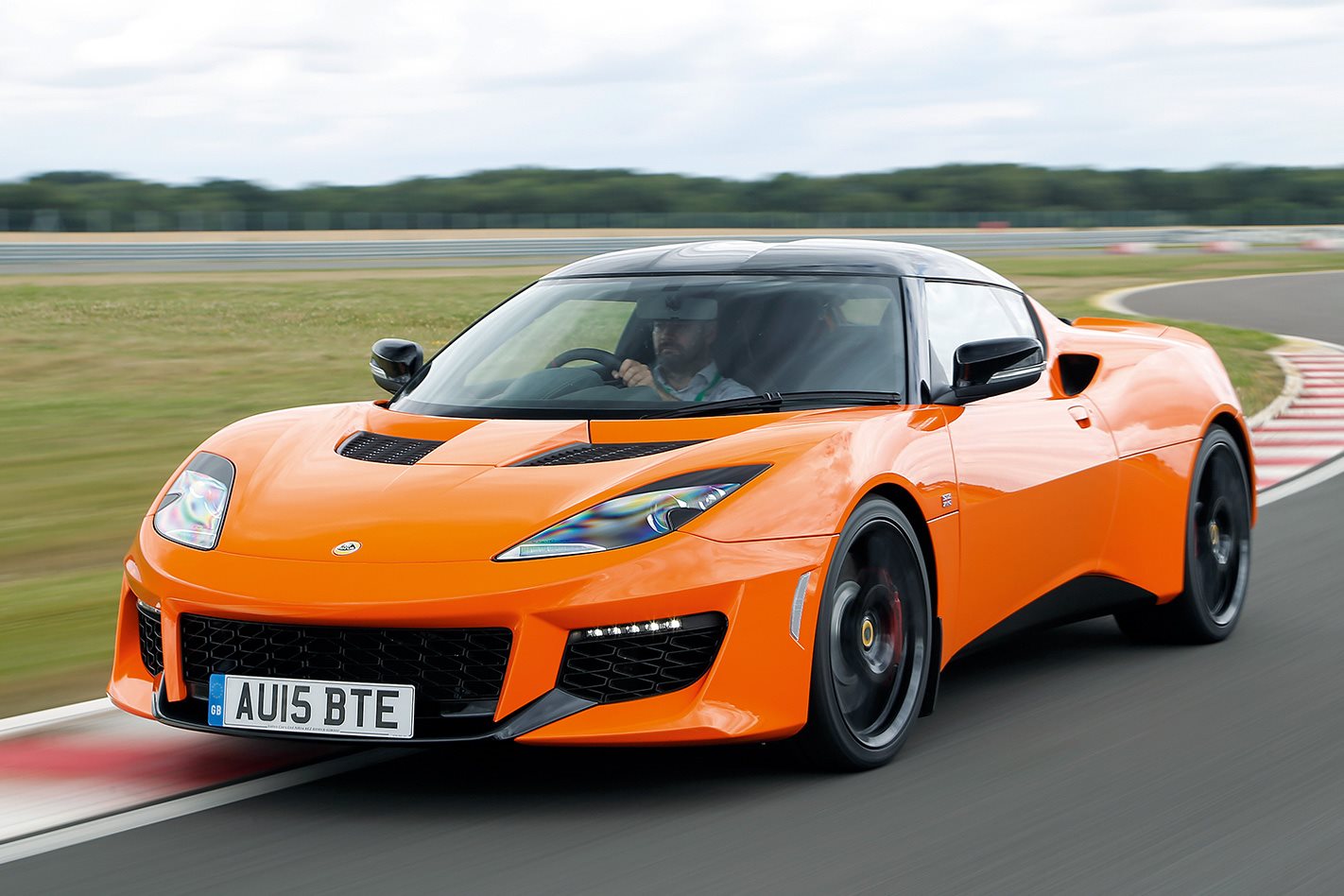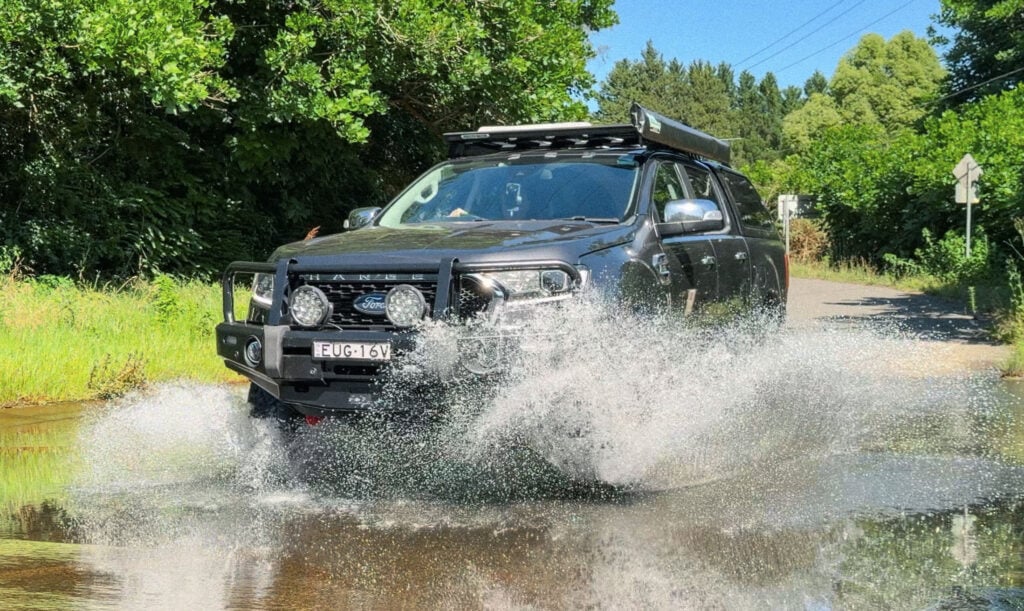Doesn’t look so different, does it? Don’t be fooled.
The Lotus Evora 400 may look like it’s only had a nip and tuck at each end, but more than two thirds of its parts are new or revised.
Most notable among these is the addition of a charge cooler for the Toyota-sourced 3.5-litre blown V6 engine, helping it achieve a power peak of 298kW – up 40kW on the model it replaces. There’s also a weight reduction of 42kg, making the Evora 400’s kerb weight a smidge under 1400kg.
Less obvious is the revised extruded and bonded aluminium tub, with sills lowered by 56mm and their width reduced by 43mm to make getting in and out of the car easier – all without affecting rigidity.

Springs and dampers are firmer to match the increased performance, along with a Quaife-sourced mechanical limited-slip differential to prevent excess power being wafted away by a spinning inside wheel.
Inside, the new 3kg-lighter seats feel higher, even though they sit in the same position as before, skewing your legs towards the centre of the car despite an apparent increase in foot room. The small steering wheel can be set high and close, though, and the centre-console-mounted gear lever feels sturdier and more nicely finished than before.

Throttle response is still keen, though the Evora 400 prefers to be revved hard. It spins to 7000rpm and does its best work beyond 4500rpm, despite the peak torque of 410Nm arriving 1000rpm earlier than that and hanging around until 6500rpm.
The 298kW peak appears right up by the redline, by which time the engine is making a fair old howl and the Evora is feeling every bit as quick as its 4.2sec 0-100km/h time suggests. With a 300km/h top speed, this is the fastest production Lotus yet made, and even though there are now hot hatchbacks with a power output approaching this, I wasn’t left feeling short-changed.

To avoid both of those niggles, there’s an automatic option – a six-speed torque converter unit – which is okay on the road and has well-spaced pedals for left-foot braking. But while it’s relatively quick and responsive to shift, it lacks the sophistication of a great dual-clutch. It does without a limited-slip differential, too.
It’s a pity, because these things can get in the way of you enjoying the chassis – and if the Evora 400 has anything, it’s a chassis. True, the ride quality has diminished a little as a result of stiffening the springs and dampers, but the Evora always had some to spare.
This is a car that still rides remarkably well – better, in fact, than the keener versions of the Porsche Cayman, and probably has a more alert turn-in, on a steering system that remains slick, well weighted and positive.

Drive it up to its limits, though, and then be assertive with the steering and throttle, and it’ll do what you want: become neutral, or slip just a little, or hook up the diff and pitch itself a long way sideways.
All in all, the Evora 400 is hugely improved. And while there’s still a ‘but’, this time it’s smaller and has more to do with what comes out of Stuttgart than any inherent flaws with the Lotus. That’s progress.
4 out of 5 stars
Specs Engine: 3456cc V6, dohc, 24v Power: 298kW @ 7000rpm Torque: 410Nm @ 3500-6500rpm Weight: 1395kg 0-100km/h: 4.2sec (claimed) Price: $200,000 (est.) Positives: Extra speed; quality improvements; superb chassis Negatives: Average gearshift; ergonomic issues; costs a lot





